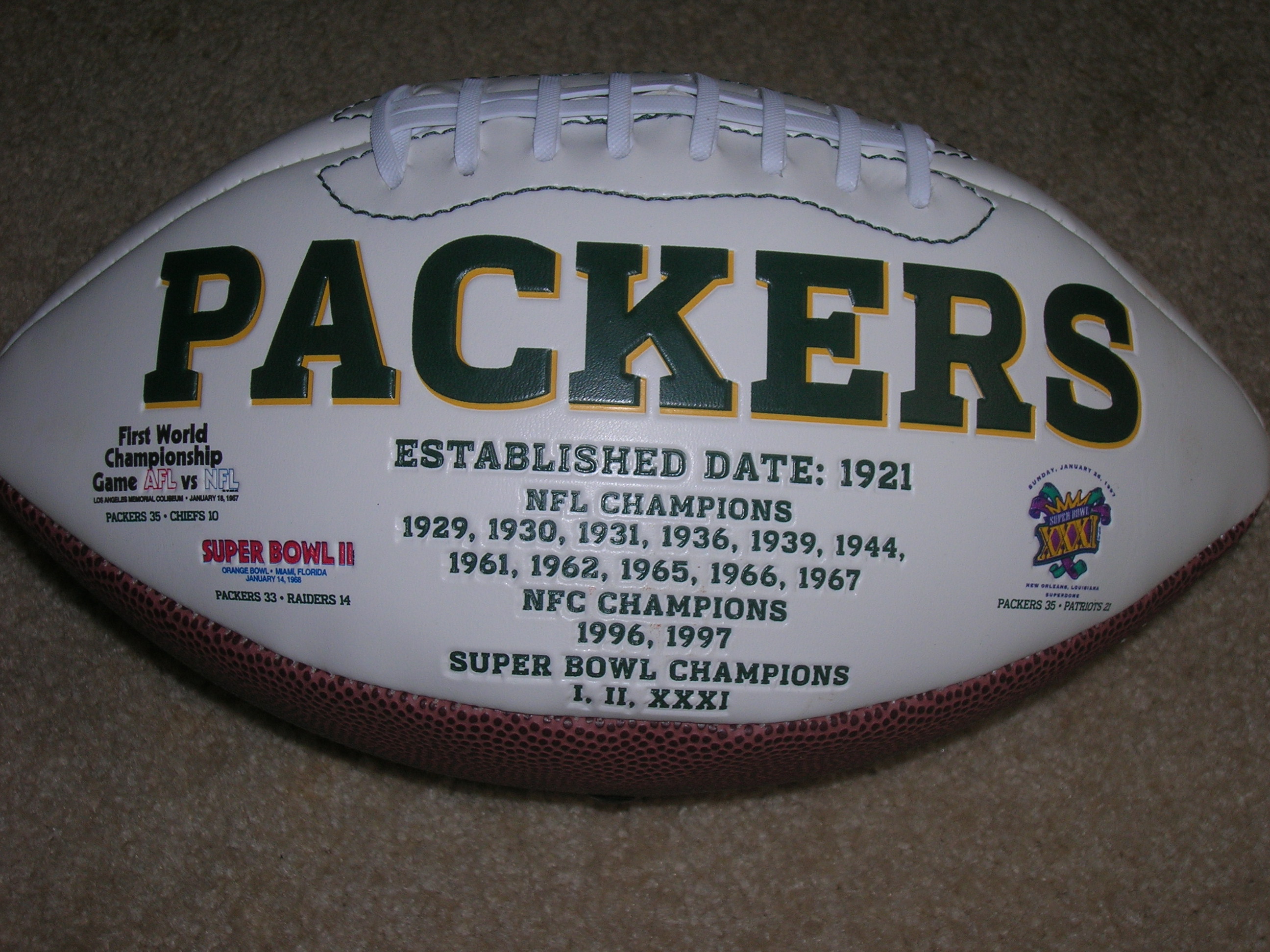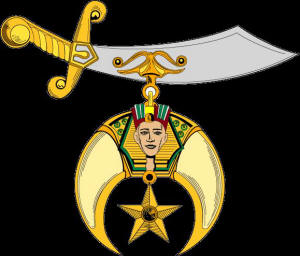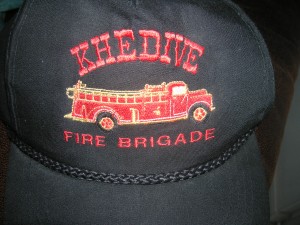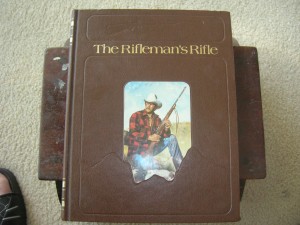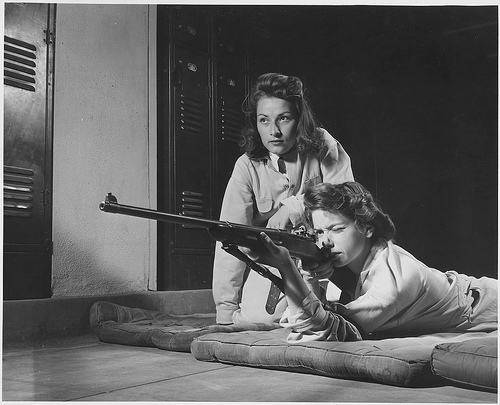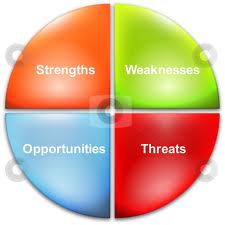Emotions run high whenever religion is mixed with things in our daily lives, particularly if that mixing is controversial or seemingly in conflict with the U. S. Constitution! When religion mixes with Constitutional rights, emotions run white hot for many Americans.
When you ask someone to join your group, do you think they are really just thinking of the group? You are the one asking so the first thing they think of is their perceptions of you. Their body language tells the story. If you seem credible, then the group may be the next thought, unless the group’s message is full of controversy, such as the example above.
In past posts I have mentioned that when a person considers a request or a purchase, their emotions are always very involved no matter what their head requests in the form of facts and data. In the end, the purchase or their joining will be determined by how the transaction will make them feel.
To go further with this, feelings are mirrored by our body language. Many large and rigorous studies have practically proven that body language is very accurate translator, when read correctly regarding how the person really feels about your request. You should learn to “listen” to the body language and govern your proposal accordingly.
Leil Lowndes in the book, How to Be a People Magnet wrote about how she learned from a friend she knew who used a study from the Journal of Genetic Psychology to teach her children to detect emotions in other children. The friend’s children also learned to be more empathetic as well as detecting when other children were lying. The point is that the skill can be taught to anyone and many professional sales people develop the skill to a very high level. Body language need not be a huge mystery, even children can learn to understand the language.
Some people now teach the skill of reading body language to executives and law enforcement. In his book, Louder Than Words author Joe Navarro, a retired FBI Special Agent talks about the importance of emotions at work and that “emotions always override logic”. He goes on to say, “A negative stimulus, sufficiently powerful, will overwhelm logic…”
If your group has any negative emotions or perceptions from recent news releases or any other background that detracts from your message, be ready to deal with it and when you do, you must use your passion and your body language to be totally convincing. This means you can’t have mixed feelings because your body language will more than likely give that away.
During the First Gulf War many military recruiters were subjected to physical assaults by people throwing red paint on them to symbolize blood as a protest. Now this was daring of them to hide behind the courts and laws when they did this to the Marine Recruiters, to be honest. Marines are not usually tolerant of being assaulted, actually they have a well-earned reputation of responding to assaults with one of their own!
Fortunately for these misguided people, all military recruiters were told in no uncertain terms ahead of this event and others like it to not retaliate with force. Even when emotions ran high, the military men and women were to stay under control when attacked by the civilian citizens.
My point is that if someone responds to your request to help them join with any kind of emotional blasting towards you, be prepared ahead of time and do not become outwardly emotional. If they call you names, devil worshiper, sons of Satan, commie, or any other negative name just disengage or whatever you need to do, but do not become emotional at their level. The best you can do is to let them go without further confrontation. Very few times can anyone in this situation change the other person’s mind. Emotions at this kind of passionate level are not subject to a logical review for the topic at hand.
Emotions rule a very ancient part of our brain, with the fight or flight response. Only later will you likely be able to review things and suddenly come up with many great responses that you wish you had said. That’s the power of emotions, they clog up your logical thinking and subvert your reasoning!
To review, your body language unless you are very well trained nearly always tells others your true state of mind, if you are truthful and how dedicated you are to the message. Emotionally negative responses to your message should be handled with great empathy, retreat when necessary, but you need to avoid emotional conflict if at all possible.
A real life example of this kind of thing would be if your group helped people who were sight impaired and this person’s family member had an accident, went to your group for help, was reportedly turned down and subsequently got hurt because they could not see dangerous machinery at their work place. The family members are vague on the details but they all agree that your group let them down. How would you handle this as an empowered volunteer?
You should express the proper sympathy for their loss and retreat, if at all possible. Perhaps later you can contact them and attempt to resolve the issue, but don’t do it when emotions are running high.
Keep in mind, everyone can benefit from joining volunteer groups, as we have addressed in previous posts, rich and poor and men and women, everyone. You should very seldom encounter this kind of situation. But the passionate empowered volunteer must be ready for anything. That is what being a professional is all about.








